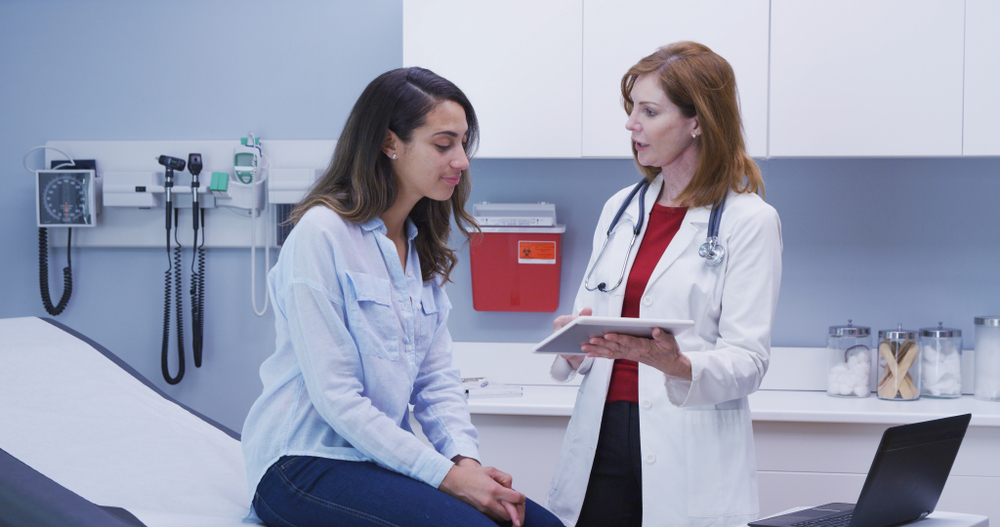Routine wellness exams are beneficial for maintaining your overall well-being. These appointments not only provide an opportunity to track your health and catch potential issues early but also help make sure you receive immediate care if any concerns arise. They help build a trusted relationship with your doctor and encourage you to take an active role in your health. While they might sometimes feel like just another thing on your to-do list, their benefits are undeniable. Explore the key reasons why scheduling a wellness exam is an investment in your health.
Proactive Health Monitoring
Regular wellness visits are proactive, allowing doctors to monitor your health, provide immediate care when needed, and catch potential issues early. By tracking trends in vital signs, weight, and other metrics, your doctor can offer personalized guidance. Minor changes in blood pressure or cholesterol can often be addressed with simple lifestyle adjustments, focusing on prevention to avoid more serious complications later.
Personalized Health Guidance
Wellness exams are more than routine checkups; they’re an opportunity to focus on your personalized health needs. Here’s what they can include:
- Personalized Health Guidance: Your doctor will provide tailored health goals and strategies based on your age, family history, and lifestyle.
- Energy and Nutrition Tips: If you lead a busy and active lifestyle, your doctor can discuss ways to maintain balance through proper nutrition and stress management techniques.
- Addressing Health Concerns: Use this time to discuss specific health risks, such as diabetes or heart disease, and work together to create a prevention or management plan.
- Quality of Life Checkpoints: Wellness exams provide an opportunity to assess your overall health and develop a plan for thriving, not just surviving.
Strong Patient-Doctor Relationship
Another reason to prioritize wellness exams is the opportunity to establish a meaningful connection with your doctor. Having a trusted medical professional who is familiar with your health history makes a significant difference in your overall care and treatment. When unexpected health concerns arise, having this established relationship can streamline the path to immediate care. Your doctor will already be familiar with your unique needs, ensuring a faster and more accurate response to your situation. Over time, trust builds, which makes it easier to discuss sensitive topics and work collaboratively on your health.
Preventive Care Priorities
Preventive care is a component of maintaining good health. Here’s what to expect during a wellness visit:
- Screenings and lab work: Based on your age, gender, and risk factors, your doctor may recommend tests to detect conditions such as high cholesterol, diabetes, or certain types of cancer at an early stage.
- Vaccines: Stay up to date on recommended vaccines to protect against preventable illnesses.
- Risk management: Your doctor may recommend additional preventive measures tailored to your specific health needs.
- Early intervention: Regular check-ups help address potential health risks before they require emergency care.
Chronic Condition Management
If you’re managing a chronic condition, such as asthma or high blood pressure, wellness exams are especially beneficial. These appointments provide a time to check in on how your treatments are working and make adjustments as needed. If you’re dealing with arthritis, your doctor might help refine your pain management plan or recommend physical therapy. Regular evaluations make sure that small issues don’t escalate into larger, more urgent challenges that require immediate attention.
Take Control of Your Health with Immediate Care
Scheduling a wellness exam is one of the simplest yet most impactful choices you can make for yourself. From detecting early signs of potential issues to providing immediate care when needed, these visits lay the foundation for lifelong health. Prioritize your well-being by booking your next wellness appointment; it’s a step toward a healthier, happier you.





Leave a Reply